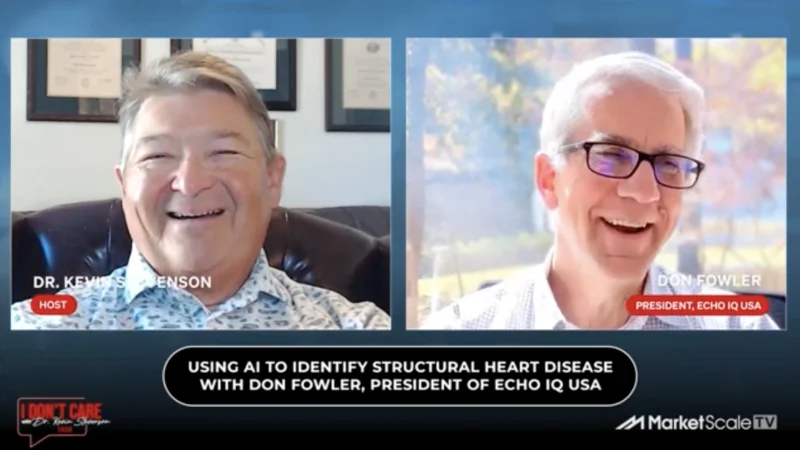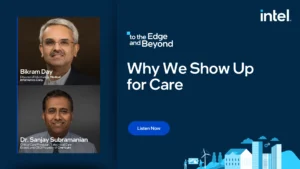Finding a Solution to Healthcare Worker Burnout
Key Insights
- The healthcare industry is in desperate need of help.
- Automating some aspects of the industry can drastically improve healthcare.
- Healthcare burnout is real and automation is the solution.
Far prior to the pandemic, healthcare workers were overworked and overstressed. As the baby boomers aged out over the years, a new generation stepped up to take their place – but this wasn’t enough to fill the gap. Across the country, healthcare systems face shortages further stretched by the pandemic – with no end in sight. How do we solve this? Physician YiDing Yu, MD, thinks automation is the solution.
In a recent study published in JAMA Internal Medicine, the average physician spent nearly two hours every day beyond their normal work hours completing EHR documentation. This contributes to overwork and overstress and takes away from arguably the most important aspect of medicine: patient care.
“It’s these types of administrative burdens, these insults throughout the day, that take people away from patient care and prevent them from working at the very top of their license. It’s a major contributor to worker burnout as well as the driver of workplace shortages,” stated Dr. Yu.
To help ease some of the burden, some states are taking action. In Pennsylvania, over $225 million is going toward healthcare systems and loan forgiveness to help address the worker shortage affecting the state. But while funding like this certainly helps, the healthcare system must turn toward utilizing automation and technology in the industry to help give back to patient care.
For example, panel reviews, which are incredibly time-consuming for many primary care providers, take time away from patient care. To combat this, Gundersen Health automates them for over 150,000 patients within their system, which has radically increased their major quality metrics, “Increasing diabetes screenings by 7%, increasing child immunization rates by 11%, they were even able to increase colon cancer screenings,” said Dr. Yu.
Using automation, Gundersen Health has brought in $1.5 million in additional revenue, given time back to physicians, and contributed to major improvements in patient care.









